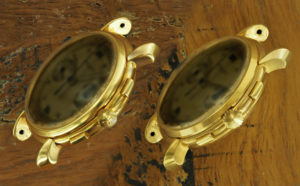
The recent auction results seem to have raised concerns around dealers and collectors alike, showing a downward trend of trading prices for the first time in about thirty years.
At the same time, sales appear to be slower than what we had gotten used to and the demand for the models that represented the everyday bread and butter of the market has definitely lost a little steam. It’s worth mentioning right off the bat that this phenomenon affects mainly watches that are relatively common stock. The culture of watchmaking has grown to a point where we now know what our Michelangelos, Da Vincis and Picassos are: I wouldn’t expect to ever find those watches pass unnoticed in a minor auction and sell for nothing.
I have received a few calls in the past weeks from other watch guys – both professional and non – interested in knowing what I thought about this. One asked, more specifically, “we all know the market for new and contemporary watches has taken a dive and that makes sense, but now vintage too?” Well, I am surely not an economist and probably not even the best informed in all things money, but have been around this block for a while and have witnessed firsthand the birth, the first demise, the steady growth and finally the explosion of our market, so I am confident I can offer an educated opinion those of you who may have similar questions.
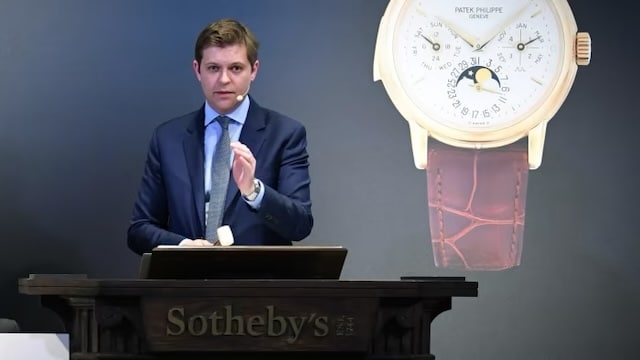
First of all, a little history.
The vintage watch market started building momentum in the early eighties, showing a slow but consistent growth in demand for vintage and pre-owned timepieces and kept growing steadily for a decade, give or take. Until then, watches were generally regarded as consumers’ goods, and the idea that after having been used and surpassed by new designs, models and technology a watch wouldn’t hold any particular economic value – in spite of it possibly initial high price – was broadly accepted. Not that different from luxury automobiles, if you think of it: the average driver of a top-of-the-line Range Rover, Bentley, Mercedes or what have you, will gladly spend a couple of hundred grand on his dream car, lose half of his money over a three-year period, factor that in and merrily walk into a dealership to repeat the experience all over again. But in today’s world, tell that same guy that his watch hasn’t made him any profit or, worse yet, lost some of its initial value, and he’ll lose his fucking mind.
But how did we get here? You will find this story familiar. Across the eighties the market belonged to little more than a handful of dealers who found themselves in the right place at the right time: the demand for high-end watches growing fast, with an apparently endless supply from original owners – or their heirs – who had no clue that the watches they were getting rid of were passing hands for multiple folds their selling price, again and again.
The most successful of these dealers coalesced in a sort of cast that showed very little interest in opening up to younger generations or even just learn much more than the little they already did about watches and had so far sufficed to make them very wealthy.
To be fair, this doesn’t apply to all of them, but a good majority for sure. Their appearance of prestige and wealth also conferred them an aura of authority and credibility that made for us rookies very hard to make a name for ourselves. In the meantime, with the last rush of increasing prices, everybody had turned into a watch dealer: the barista at the coffee shop had a deal on two-tone subs, the optician around the corner was the go-to guy if you had a Daytona to sell.
Around 1990, however, things changed rapidly.
The market’s fast rise of the preceding last few years that had brought a steel vintage submariner from $ 1,000 to $ 5,000 and a Patek Philippe 1518 from $ 15,000 to $ 150,000 (today a good example brings $ 1M), started giving signs of collapse, reminiscent of the bursting of a speculative bubble. To my surprise, some of the dealers I was looking up to started offering some of their most coveted timepieces for two thirds of their lower estimate just a few weeks ahead, willing to take a loss on a single watch greater than my then meek entire working capital. I couldn’t fathom why: I was in the in the game to maybe make the dream of owning myself one of those watches come true some day and these guys, who could effortlessly afford to keep them, were getting rid of them! I was turning pro just when the pros were getting the hell out as fast as they possibly could. The market was flooded with watches that just a few weeks before were so much more expensive, their prices going up by the week.
The years that followed were, contrarily to my darkest fears – I had left my secure job to become a watch dealer! – the best I can remember. The market’s reset created opportunities of all kinds. I remember starting off with buying a steel Vacheron & Constantin chronograph from the late forties for about $ 6,000 as opposed to the $ 18,000 the same dealer had charged a few months before. I didn’t make much money on it, but having access to next level watches meant not only the coming true of my wildest dreams, but also access to next level clients.
From 1990 to 2010 prices kept growing again slowly, but reasonably and steadily, and so did a whole new generation of dealers and collectors. Around the end of that run, however, the world started witnessing what I believe must be the biggest boom the watch industry has ever seen.
Mainly thanks to the market that we had created, if you ask me: the big manufacturers saw their industry have a new spring after we had managed to revolutionize the culture of watches, transforming them from a decadent manifestation of wealth, luxury and prestige into an unprecedented, educated appreciation of the art of watchmaking and watch design. Along with that, however, also came the illusion that any high-end watch would turn into a commodity that would never fail to financially reward every “investor” as opposed to “end user”. A trading game, where the smartest of us couldn’t fail to succeed: and in an upswing trajectory market, everybody is a genius.
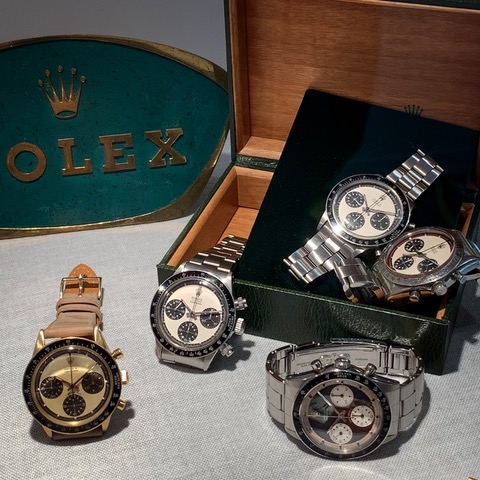
Sadly, “this watch will be worth a lot more money before you know it” became the most popular selling pitch you’ll hear from a dealer. Nothing delivers the desired reaction from people better than telling them what they want to hear and, soon enough, our world of vintage watches started becoming crowded with people who were in for the gain rather than the experience. And the bigger the game, the bigger the money, as prices were driven up, especially at the price range where the majority of buyers could afford to play. These are the people who realize they are not really into watches, after all, when the passion starts coming with a cost rather than a profit.
It’s just history that repeats itself: to quote William Faulkner, “The past is never dead. It’s not even past.”
I come from a place where vintage watch buyers – be them one timers or true collectors – used to buy their watch because they wanted to own it, enjoy the – unthinkable to so many – privilege of living an experience that was important to them, in the first place: and if that came with a gain, better yet. Today, things apparently work the exact opposite way. I know this is going to make me sound like an old fart, but I feel as though our world has been hijacked at some point, and we have been taken places we didn’t necessarily want to go.
Look, I don’t necessarily want to demonize speculators. Every market in rapid ascent will attract investors wanting to get on board to take advantage of the momentum. I am not expressing any judgment of ethical or moral nature: the money game intersects with all kinds of worlds and that’s that. It should not in the case of health care, education and politics if you ask me, but at the end of the day that’s just the way it is. And I am not even saying that these people are intentionally acting in ways that are detrimental to our market and community: in fact, I could tell you any number of stories where prominent members of this community have deliberately acted in ways that hurt literally everybody in the name of personal profit, to boost their own ego, or both. I am just pointing out their role in driving up the market sometimes to levels that don’t make any sense, like brand new watches retailing $ 50,000 traded at $ 200,000 on the open market, or classic pieces raked on the market in multiple examples to create offer scarcity and then resold when prices were much higher: we have to thank those guys for that. But it’s also true that the phenomenon brought some collateral benefits to the market as well, such as drawing the attention of global public and media, causing the passion we share and the culture of vintage watches to spread across all borders. And I will also add that this market was in fact financially underrated – in part I believe it still is, but this is a different conversation – and the speculation game has in some cases help align some prices to actual value. In fact, do not confuse the ordinary production watches selling for stellar prices with the important vintage pieces that are now selling for millions. These are two different markets: the first one is pushed up by speculation, the latter one is only making its way to a space of public recognition. Nobody is cornering the market of double crown world time Pateks.
When, however, for whatever reason – in this case geopolitical instability, uncertain economies and, especially, a market exploited beyond its intrinsic value (at least for now) – the market’s growth shows a tendency to fade, many buyers who joined for fun and curiosity realize they were not really in for the unique, extraordinary experience of being part of this culture as much as for the illusion only, or flat-out the monetary gain. Failing to meet these expectations they start selling, or stop buying at best. Which, in a market that’s catching its breath, is the perfect recipe for a deflation. And here we are, as expected.
Today’s world is certainly not that of thirty-five years ago, but we can all imagine what the consequences of an excessive offer to a diminished demand are likely to be.
It’s worth noting, however, that the last gold rush has not attracted only short-term speculators and imprudent investors, but also an incredible number of new – often younger – passionate aspiring collectors and dealers: and with them, a more deeply rooted culture of watches in general and vintage in particular, a more sophisticated knowledge of the art and industry’s intimate details with a new perspective for the appreciation of brands, models and styles.
Am I worried of what’s coming? Well, I certainly should be: like many of us whose livelihood depends on the vintage watch market, I worked my dream job for decades, owned some of the most extraordinary timepieces ever made and experienced a lifestyle like few others but, truth be told, I can’t really say I have put away any money: unlike many of my clients who are evidently smarter than me, all I saved over a lifetime in the game is a decent number of good watches, maybe a few very good ones.
This means that in a market’s crisis all I worked for my whole life could almost instantly lose 20, 30, maybe even 50%. But I know from experience that it’s only a matter of time before some of these watches, maybe all, maybe a few, will regain all they may have lost and then some. Which ones? As much as I like to think I should be able to tell, only the new trends and perspectives brought in by the latest and future generations of watch aficionados will set the parameters to make that determination. This is the time when the rats leave the ship fearing it’s about to sink, and the air will finally become more breathable: the tighter market conditions will make things a little harder, to the point that those who have not come to the hobby with a passionate heart will go looking for easier opportunities elsewhere.
Am I even disappointed? Do I wish I had sold that or the other particular watch when the market was more favorable? Maybe a little but, just to be clear, only because the liquidity would give me ammunition to keep buying the pieces I am drawn to, again and again, moving forward. This being said, I have never taken for granted that prices would only go up and I have always been ok with that. As I state – in a slightly provocatory title of this article – I somewhat welcome the moment. If what we fear is what’s actually going to happen, well, it’s not going be the end of anything good but the beginning of something better. I will quote my own website: “I never shopped for price and always strived to buy only the extraordinary. It’s a philosophy that has always paid back myself and my clients and, as far as I am concerned, the founding principle at the base of any collection that is meant to be a wise investment.”
I buy what I love and find extraordinary – if I can afford it – and regardless of its price, I will always be happy with it.
That is, in my vision, the wisest investment in watches, an experience we can gift ourself with to make the best of the only one life we have been gifted with. If that watch is worth more or less than what we paid will not make any difference for any of us soon enough, unfortunately. But if we feel joy looking at it, showing it to our friends or wearing it, it will be the wisest investment we have ever made. With my sincere condolences for those who miss out of this opportunity, seeing in the – sometimes fantastic – watches they have bought only the price instead of the value, fuming in rage if that’s gone down, instead of appreciating the privilege life has given them. But these considerations I will keep for a future story, if you will want to hear it.

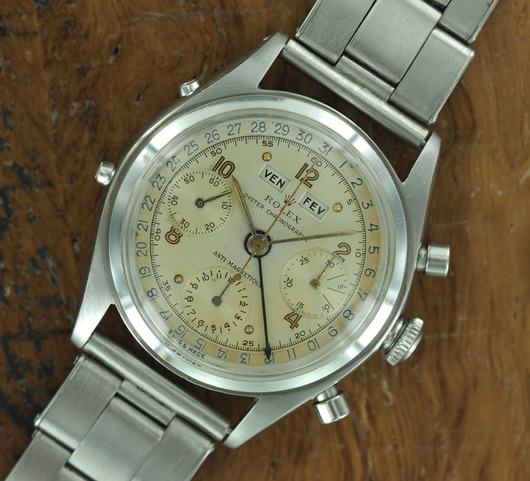
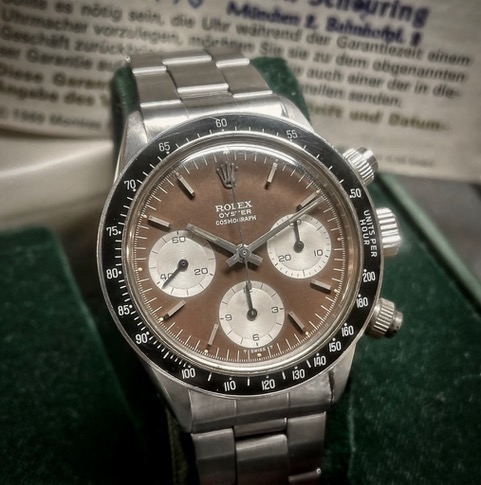

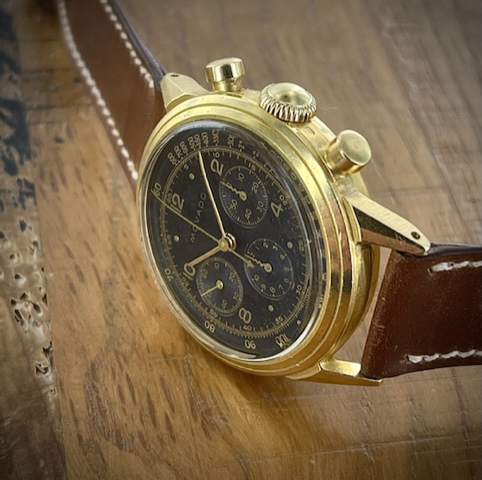
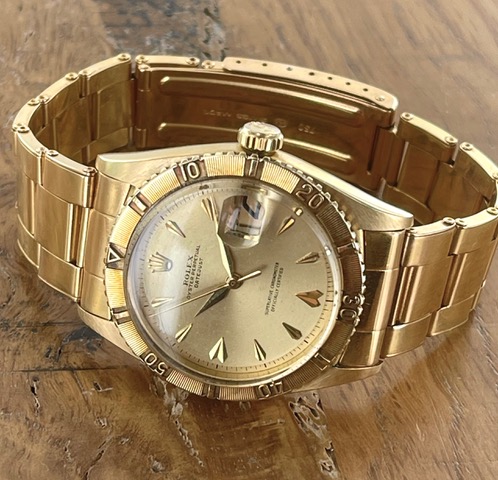



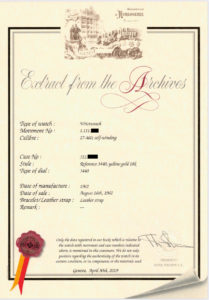
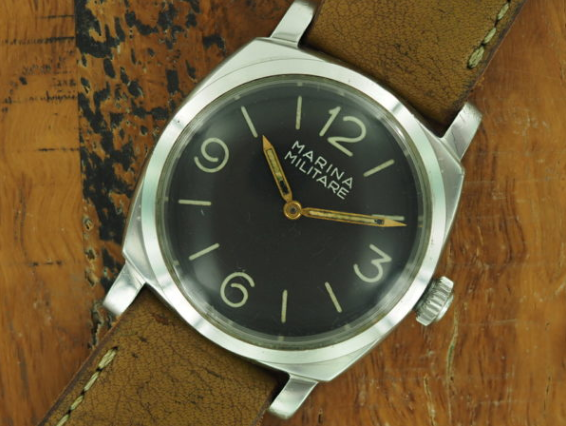

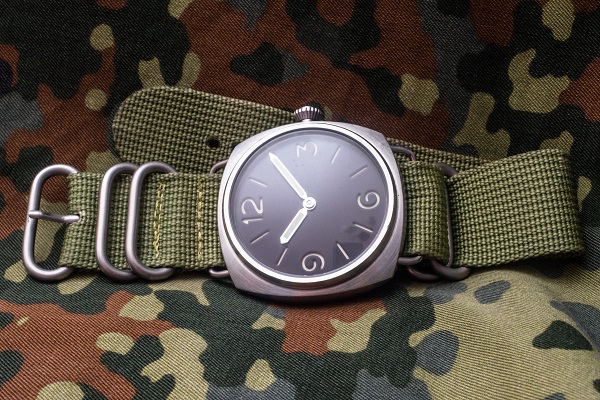

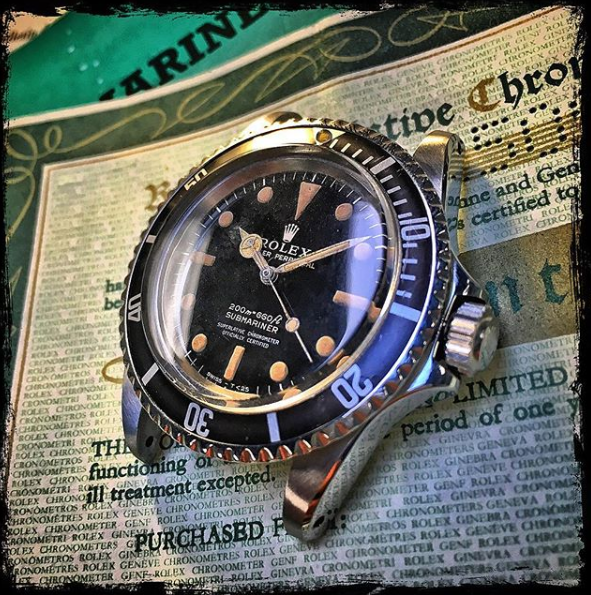
 The aftermath of the Geneva auctions week gets definitely the attention of most dealers and collectors alike. Of course, I reckoned I’d have to write something about it to update my blog with something new. But as the days passed by, I got also really intrigued by the idea of trying to answer the questions that I am punctually asked by friends and clients every time a watch does not bring in auction at least the same price that everybody asks on the market: how can a Paul Newman sell for less than $ 250K? That watch sold for nothing, why? Is the market collapsing?
The aftermath of the Geneva auctions week gets definitely the attention of most dealers and collectors alike. Of course, I reckoned I’d have to write something about it to update my blog with something new. But as the days passed by, I got also really intrigued by the idea of trying to answer the questions that I am punctually asked by friends and clients every time a watch does not bring in auction at least the same price that everybody asks on the market: how can a Paul Newman sell for less than $ 250K? That watch sold for nothing, why? Is the market collapsing? The reason why knowing the total of all estimates is useful, is that it can be opposed to that of the total sales before commission. This percentage generally ranging from barely below the 100% threshold and somewhat more over it, will tell you the average ability of that auction house to score above the minimum promised to the consignor. Generally the reserve price is fixed somewhere around half of what the watch is expected to potentially express including commission, as that’s more or less as high a number that can be reasonably guaranteed the seller, yet allowing the deal to sound attractive to potential buyers. Needless to say, the lower the reserve price will be, the easier it’s sale is going to be and the higher the selling price over reserve ratio will prove: conversely, sellers will be less and less easy to convince to consign as the offered reserve price lowers.
The reason why knowing the total of all estimates is useful, is that it can be opposed to that of the total sales before commission. This percentage generally ranging from barely below the 100% threshold and somewhat more over it, will tell you the average ability of that auction house to score above the minimum promised to the consignor. Generally the reserve price is fixed somewhere around half of what the watch is expected to potentially express including commission, as that’s more or less as high a number that can be reasonably guaranteed the seller, yet allowing the deal to sound attractive to potential buyers. Needless to say, the lower the reserve price will be, the easier it’s sale is going to be and the higher the selling price over reserve ratio will prove: conversely, sellers will be less and less easy to convince to consign as the offered reserve price lowers. I did run all these number for all the above mentioned auction houses and did get a good picture of what happened in this particular season. Although I will not share this analysis at this time, I do recommend that you do such study when pondering which auction house you will entrust with the sale of your watches. What I will share, however, is that one of them provided a detailed, already made analysis including all of this and even more data in a surprisingly exhaustive document; another one provided all the information I had asked for in a more informal way, allowing me to run the numbers without scrambling online and pull my own results; the third provided part of the requested info, just so there could be no complaints, yet presenting it in a way that certainly wouldn’t help to easily get a very clear picture; and the last one volunteered only their press release, a manifesto celebrative of their more significant sales and the total amount of the sales scored.
I did run all these number for all the above mentioned auction houses and did get a good picture of what happened in this particular season. Although I will not share this analysis at this time, I do recommend that you do such study when pondering which auction house you will entrust with the sale of your watches. What I will share, however, is that one of them provided a detailed, already made analysis including all of this and even more data in a surprisingly exhaustive document; another one provided all the information I had asked for in a more informal way, allowing me to run the numbers without scrambling online and pull my own results; the third provided part of the requested info, just so there could be no complaints, yet presenting it in a way that certainly wouldn’t help to easily get a very clear picture; and the last one volunteered only their press release, a manifesto celebrative of their more significant sales and the total amount of the sales scored. In auction especially, many factors come in to play. First of all, a good number of buyers is made of dealers. Dealers do generally buy their inventory at market price minus some 10 to 20%, but that doesn’t mean they will buy each and every watch of the same make and model they will run into: especially at today’s prices, they will likely have to wait until what they already have in-house is sold, to then replace it. Exceptions may happen when the “multiple” comes stupid cheap or, more likely, when its characteristics are so outstanding that he will buy out of pure passion alone: and that’s when extraordinary comes into play.
In auction especially, many factors come in to play. First of all, a good number of buyers is made of dealers. Dealers do generally buy their inventory at market price minus some 10 to 20%, but that doesn’t mean they will buy each and every watch of the same make and model they will run into: especially at today’s prices, they will likely have to wait until what they already have in-house is sold, to then replace it. Exceptions may happen when the “multiple” comes stupid cheap or, more likely, when its characteristics are so outstanding that he will buy out of pure passion alone: and that’s when extraordinary comes into play.

